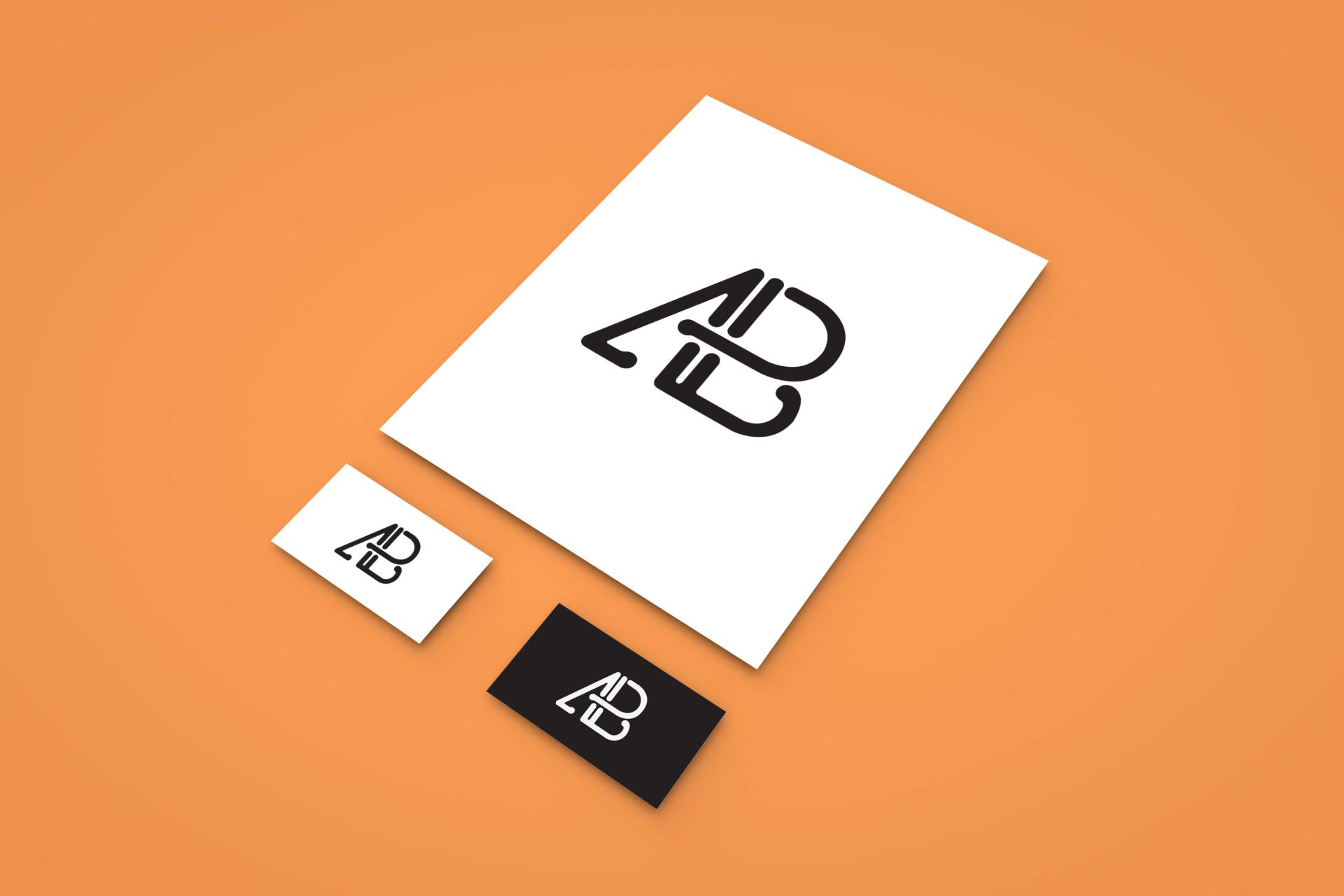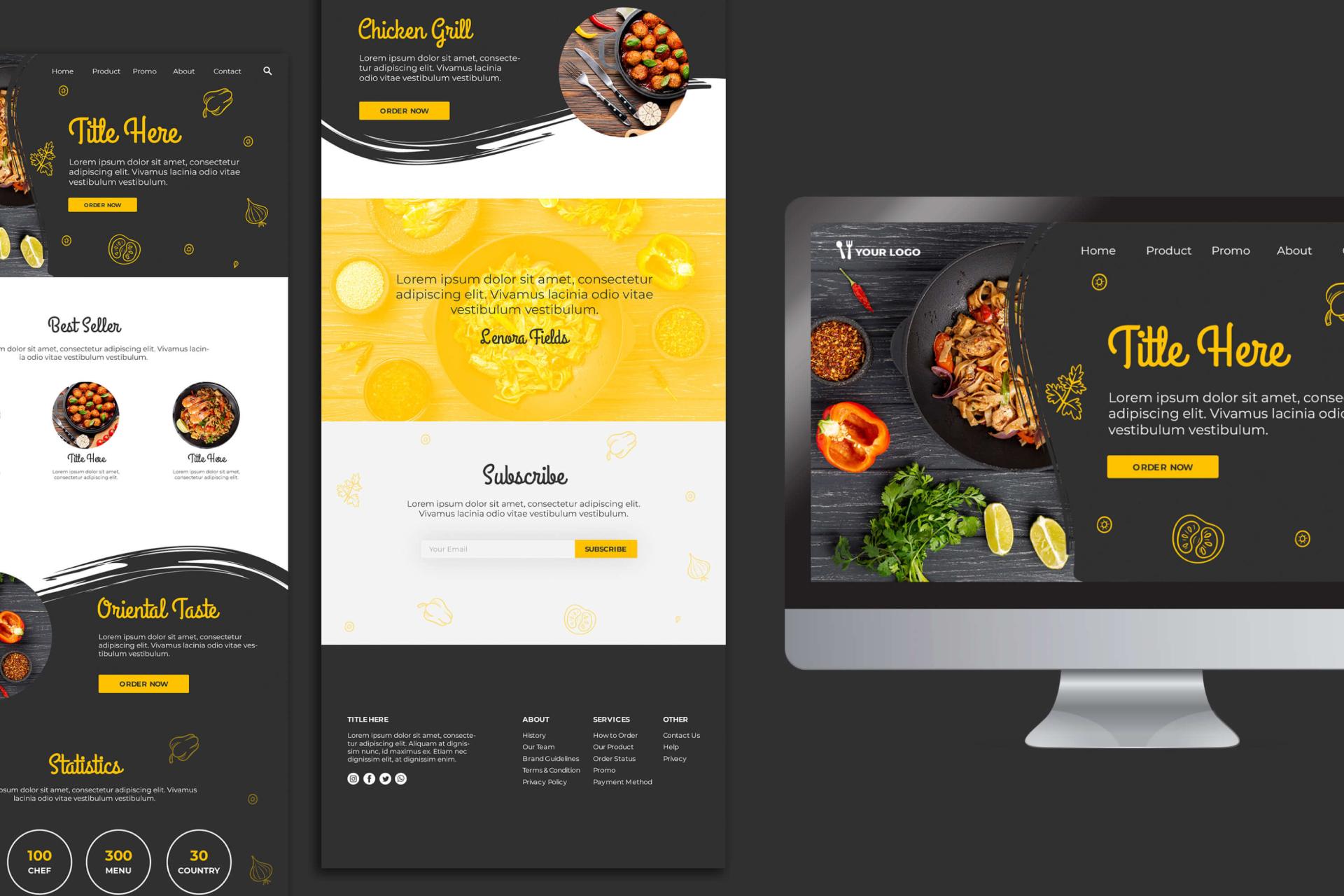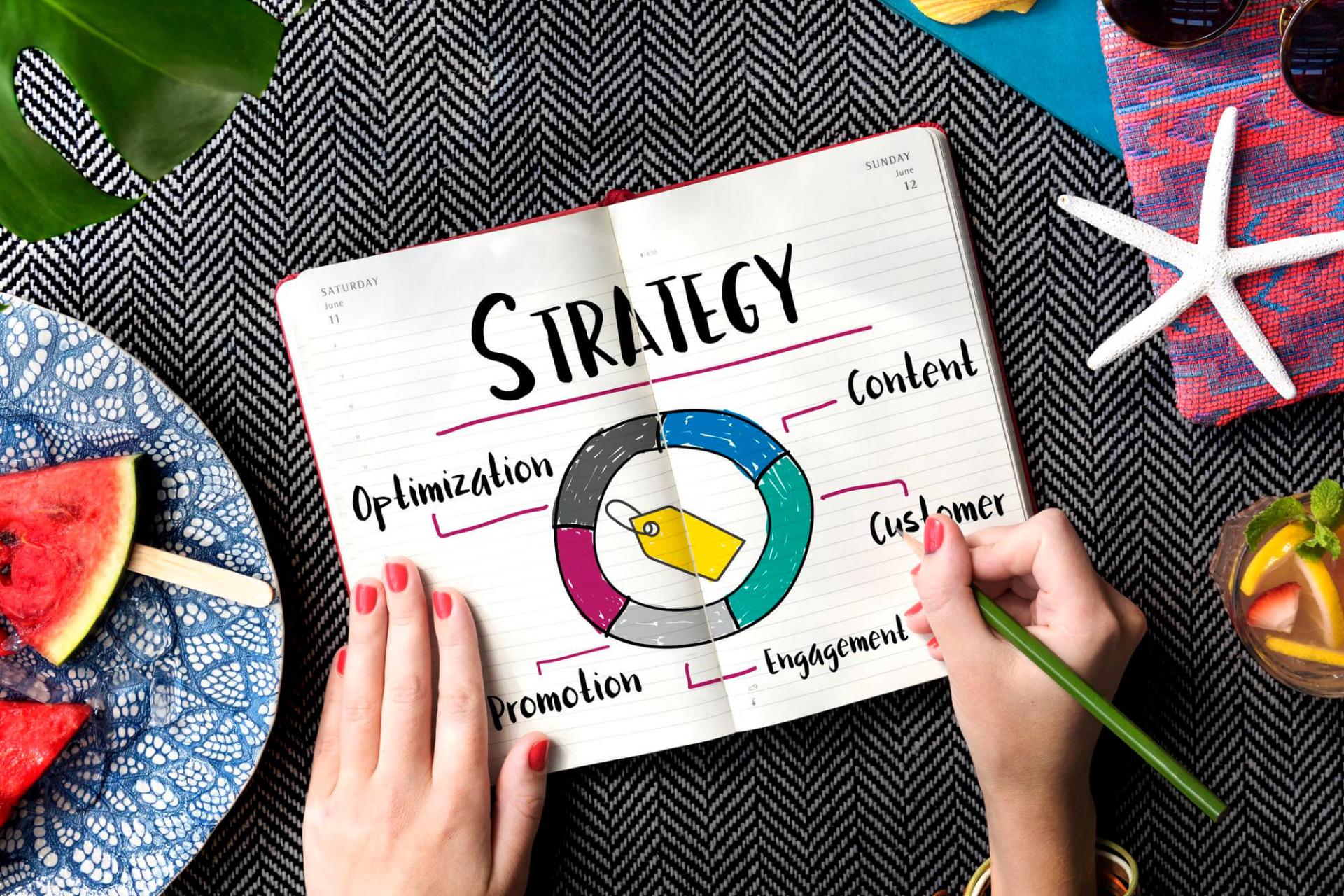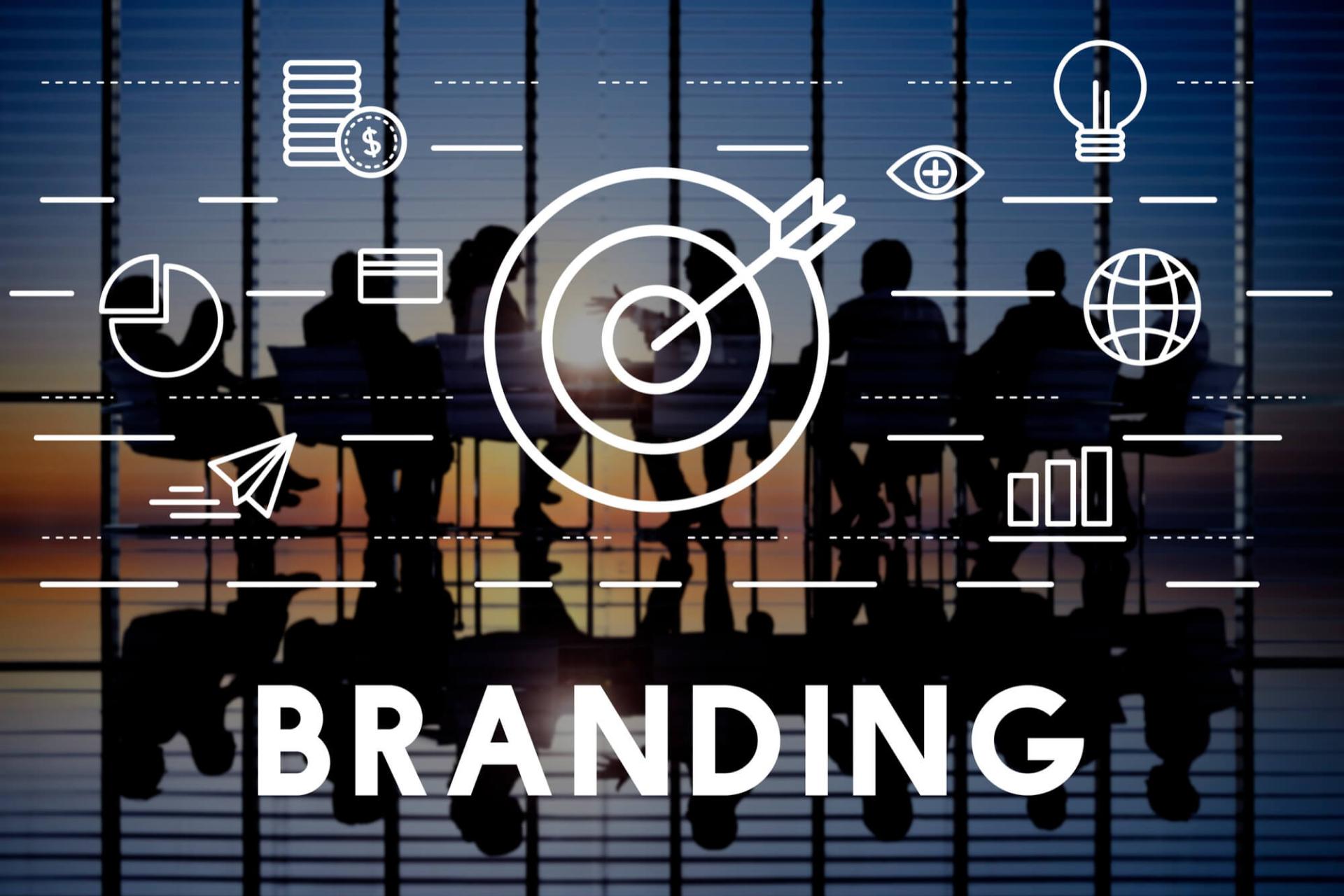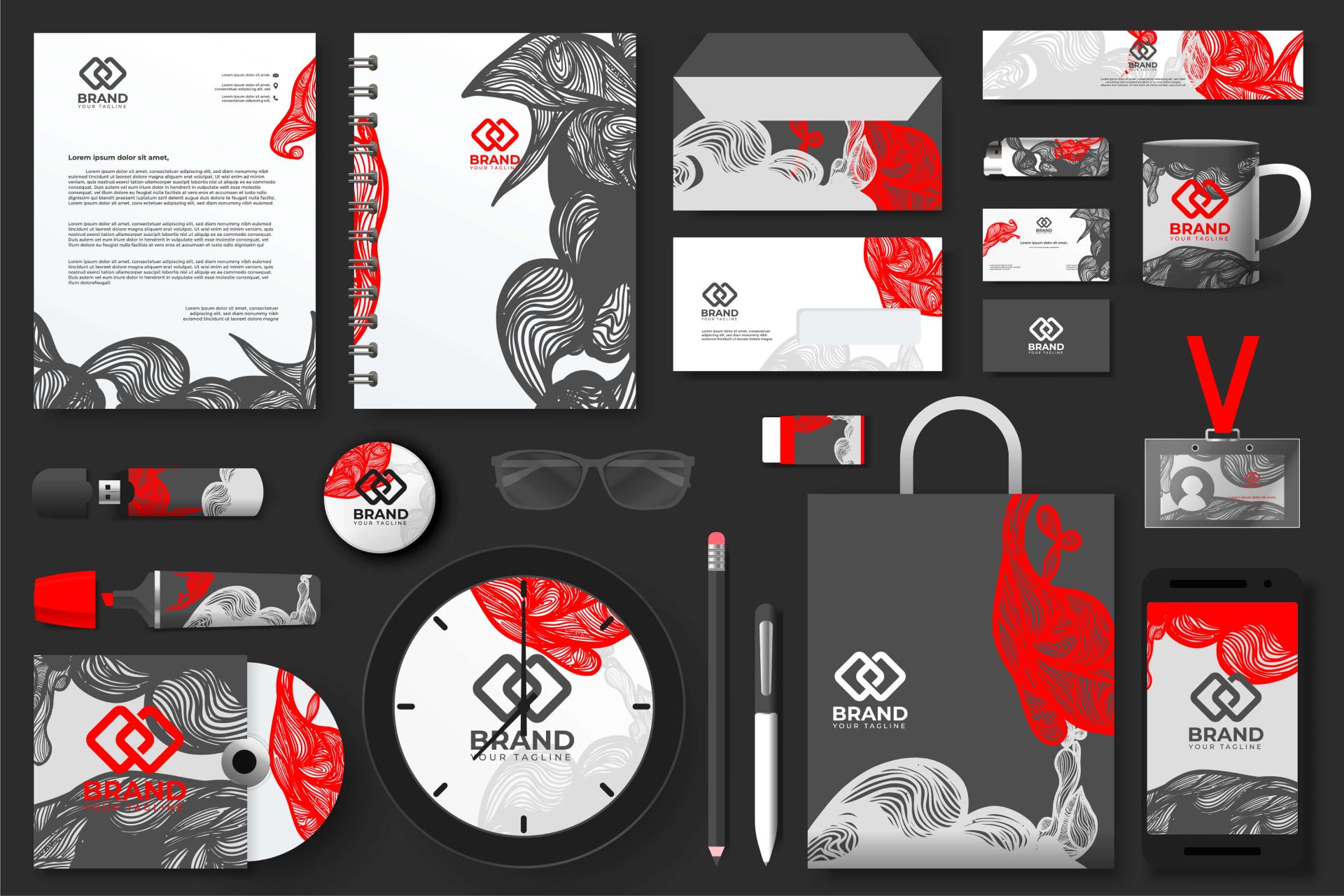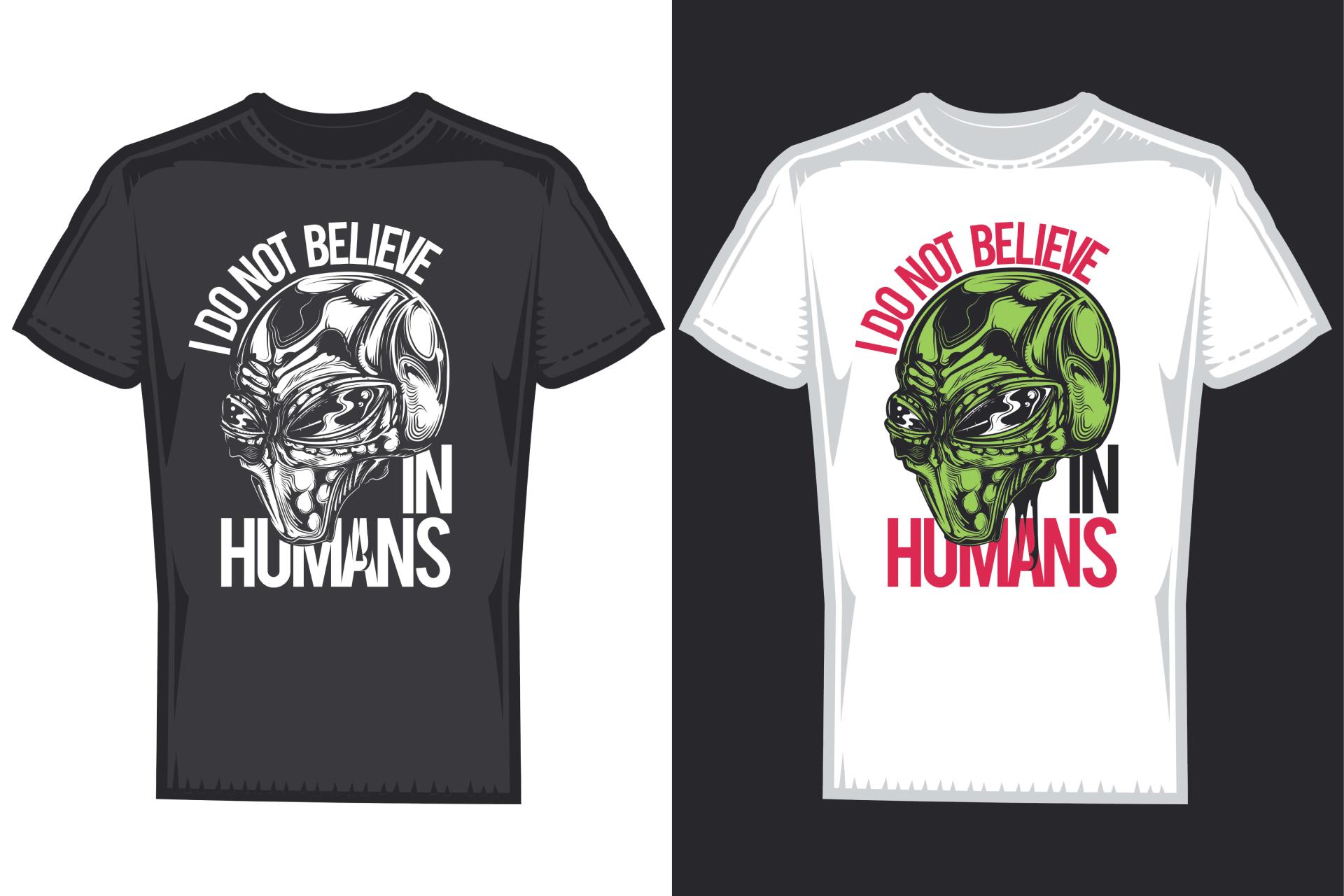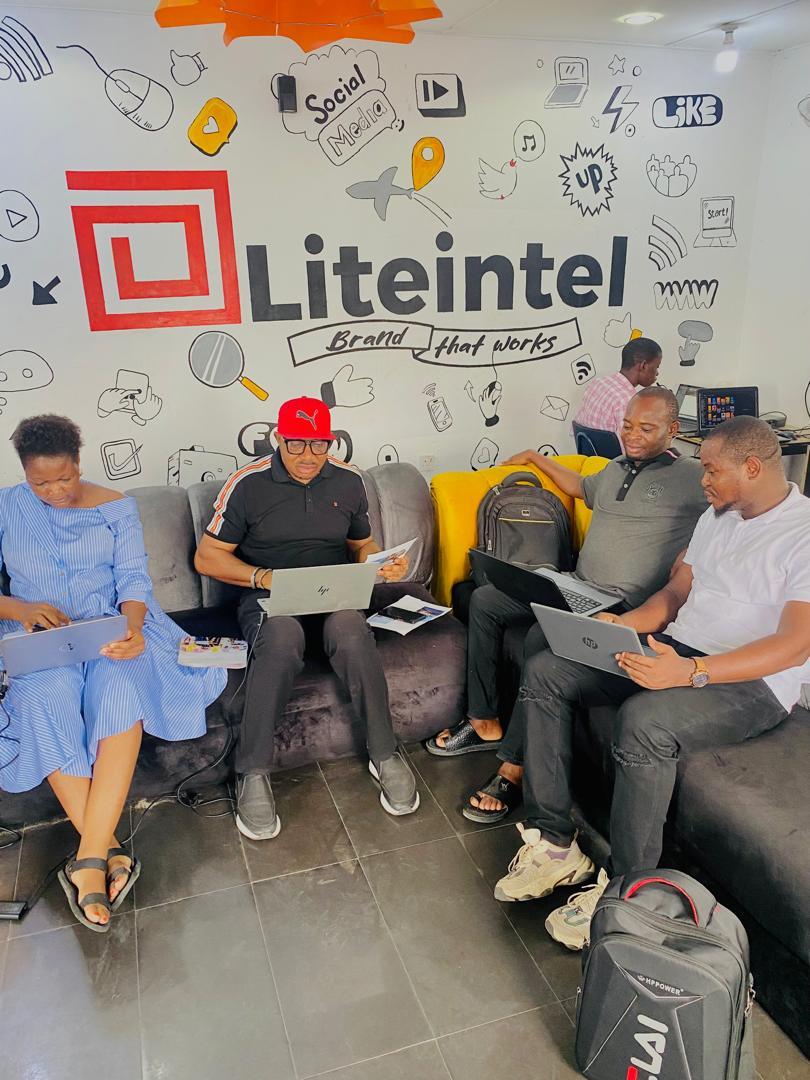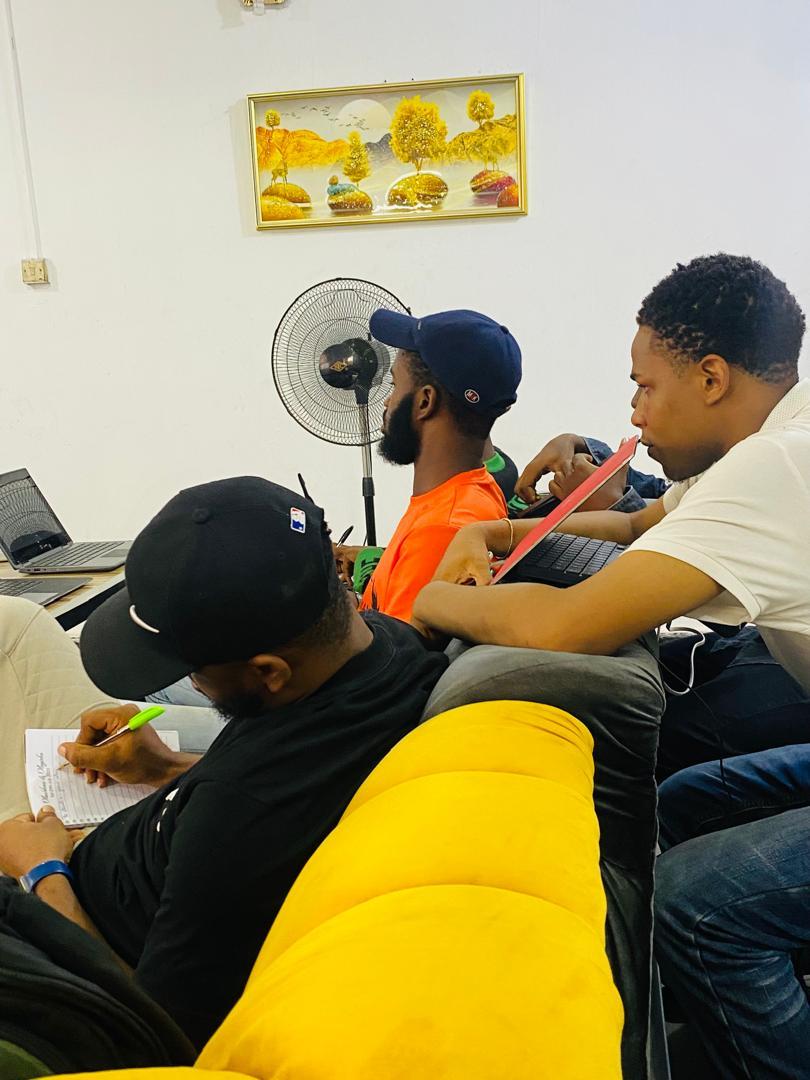Ever notice those people who effortlessly capture attention when they walk into a room? They’re just themselves, and everyone gravitates toward them. I’ve often wondered how they do it. Surprisingly, it’s not just people—businesses and products can do the same. Take Apple, for example. They’ve mastered the art of creating that same desire, keeping customers eagerly awaiting their next release. It’s more than just a product; it’s an experience.
So, in this article, we’ll be learning about branding—its key elements, why it’s important, and some other cool insights.
What is Branding?
Branding is the process of creating a unique identity for a business, product, or individual in the mind of the consumer. It involves defining and communicating the core values and personality of that business, product, or individual. Effective branding creates a perception in the consumer's mind, setting the tone and character of the business or product.
Key Elements of Branding
1. Logo: A visual representation of the brand.
2. Color scheme: A consistent palette of colors that evoke emotions and convey the brand's personality.
3. Typography: The font and text style used to communicate the brand's message.
4. Voice tone: The language and tone used to engage with the target audience.
5. Consistency: Ensuring the brand's message and visual identity are consistent across all channels.
Importance of Branding
For Businesses
1. Differentiation: Strong branding sets businesses apart from competitors.
2. Trust and reliability: A well-established brand creates a sense of trust and reliability with customers.
3. Professionalism: Strong branding signals professionalism and consistency.
For Individuals
1. Stand out in your field: A strong personal brand can make individuals stand out in their professional field.
2. Attract opportunities: A well-crafted personal brand can attract opportunities for advancement, networking, and new job offers.
3. Control your narrative: Branding helps control how you're perceived by others.
For Products
1. Perceived value: Branding establishes the perceived value of a product.
2. Customer decision-making: Effective branding influences customer decision-making and willingness to pay a premium price.
3. Consistency: Good branding ensures consistency across all channels, reinforcing the brand's identity and building trust.
By understanding the basics of branding and its importance for businesses, individuals, and products, you can unlock the power of branding to achieve your goals.


